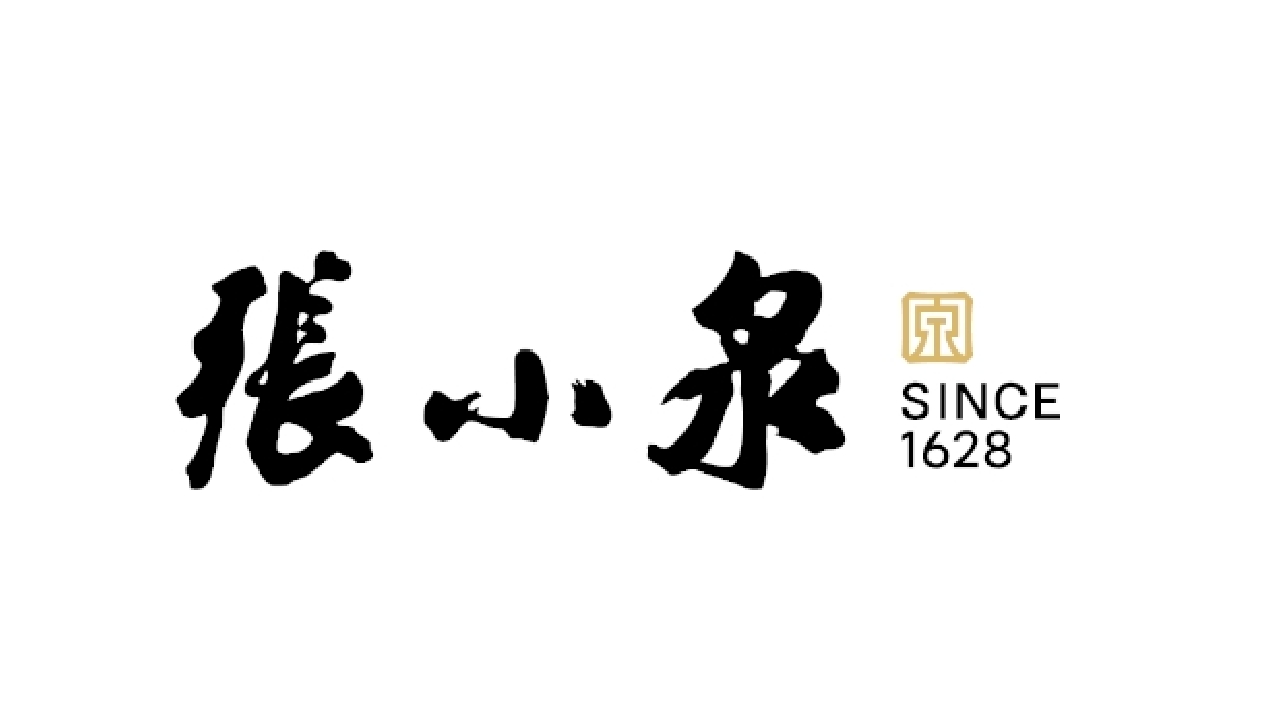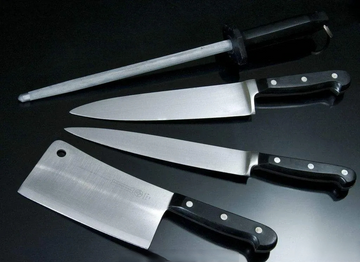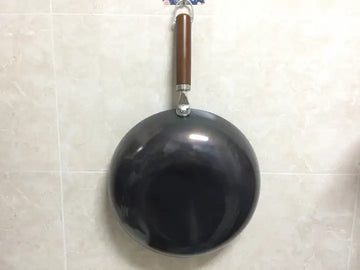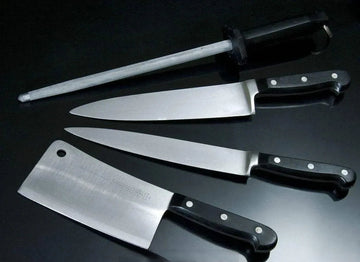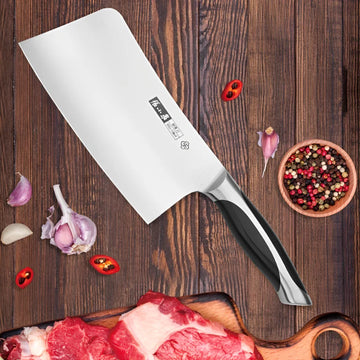I. Metallurgical States of Steel & Heat Treatment
1.1 Ferrite: The Fundamental Structure
Ferrite is an interstitial solid solution formed by carbon dissolved in α-Fe, denoted by the symbol F. It has a body-centered cubic lattice structure. Its carbon solubility is extremely low: only 0.0008% at room temperature, reaching a maximum of 0.02% at 727°C.

Ferrite represents the most basic form of steel. With minimal carbon content, where carbon exists in a dissolved state within ferrite, room-temperature carbon levels exceeding 0.01% result in fine cementite particles dispersing throughout the ferrite matrix. These particles hinder the smooth sliding of iron atom layers while enhancing the steel's hardness and strength, transitioning the structure from ferrite to iron carbide.

1.2 Carbon-Steel Dynamics and Pearlite Formation
Generally, higher carbon content increases steel hardness and wear resistance. However, extremes of brittleness or softness create trade-offs. When steel is heated to high temperatures and slowly cooled (elevating carbon solubility), a layered alternating structure of cementite and ferrite forms—pearlite.
1.3 Austenite: High-Temperature Transformation
Above 723°C, iron atoms reorganize into a face-centered cubic structure known as austenite. Austenite dissolves significantly more carbon: 0.8% at 723°C and up to 2.06% at 1148°C (the maximum carbon solubility in steel).

Steel undergoes solid-state phase transitions when heated or cooled. Slow heating to 723°C converts ferrite, pearlite, and cementite entirely into austenite. Conversely, slow cooling reverses this process. Rapid cooling of austenite to 260–400°C produces bainite, a mixed structure of cementite and ferrite.
1.4 Martensite: Quenching and Its Consequences
When austenite is abruptly cooled below ~200°C, insufficient thermal energy prevents carbon diffusion. This creates martensite—a distorted, supersaturated carbon-in-ferrite structure. Martensite grants exceptional hardness but induces internal stress due to thermal contraction mismatch.

Quenching (using water, oil, or air) achieves this hardening. However, residual stresses necessitate tempering—reheating to relieve stress at the cost of reduced hardness. Mastery of quenching and tempering defines blade quality, as seen in historical swordsmiths like Ou Yezi and Gan Jiang.

1.5 Historical Context: Human Sacrifice in Swordmaking
Ancient rituals of human sacrifice in swordmaking stemmed from practical challenges: low furnace temperatures and insufficient carbon content. Human fat boosted combustion, while bodily organic compounds introduced carbon and trace metals. Though partly scientific, this practice acquired mystical symbolism.
1.6 Modern Techniques: Differential Heat Treatment
Blade bodies and edges now employ distinct heat treatments:
- Blade bodies: Higher-temperature quenching forms fine pearlite and bainite.
- Edges: Lower-temperature quenching produces martensite, often alloyed with metals for enhanced performance.
Cryogenic forging (e.g., Zwilling’s "Ice Forged" claims) uses liquid nitrogen for rapid cooling, locking carbon into martensite for denser, stronger steel. Post-tempering remains critical to mitigate brittleness. Brands like Zwilling J.A. Henckels exemplify optimizing mid-tier steels (e.g., 5Cr15MoV) through advanced heat treatment.
II. The Legend and Reality of Damascus Steel
2.1 Myth vs. Modern Marketing
The famed "Damascus steel" originally referred to blades forged from Wootz iron ore. Today, the term is misapplied to pattern-welded blades with decorative layers, unrelated to historical Wootz metallurgy. True Damascus steel’s sharpness arose from unique ore and smelting techniques, now lost due to depleted Wootz deposits.

2.2 Imitations and Cultural Cousins
Modern "Damascus" blades layer hard and soft steels (e.g., martensitic and bainitic phases) for balanced toughness and edge retention. Historically:
- Chinese "Bintie" (used in Water Margin’s Wu Song’s swords) and
- Japanese "Yasuki Steel" shared Wootz’s low-temperature carburizing roots but diverged in forging methods.

III. Rockwell Hardness (HRC): The Critical Metric
3.1 Understanding Rockwell Scales
Rockwell hardness measures plastic deformation depth under load, with units of 0.002 mm. Common scales:
- HRC: 150kg load with diamond indenter, for hardened steels (e.g., quenched blades).

3.2 Practical Implications for Knives
- 40Cr13: Max HRC58 (theoretical), but reputable factories achieve HRC53–55.
- 50Cr15MoV: Achieves HRC55–58 with 15% Cr/0.5% C; vacuum hardening ensures corrosion resistance for acidic food prep.
- 95Cr18MoV: Theoretically HRC61-capable (0.95% C), stabilized at HRC59–61 via cryo-tempering; reserved for high-precision slicers.
- 70Cr17MoV: Targets HRC57–59 (0.7% C/17% Cr), leveraging molybdenum-vanadium synergy for refined grain structure and edge retention, bridging mid-tier durability and stain resistance.
- 440C: HRC57–59; cryogenic treatment pushes to HRC61 (overkill for knives).
- VG10: HRC61–62 balances high hardness with minimal brittleness.
High hardness enables thinner edge angles but risks chipping. Softer steels require frequent honing (e.g., butchers’ knives).

3.3 Edge Retention and Maintenance
High-hardness blades retain edges longer but are harder to sharpen. Compromise: mid-hardness steels (e.g., HRC55–58) with regular upkeep match high-end knives in usability.
Zhang Xiaoquan's blade system exemplifies strategic material selection – mass-produced Chinese slicing knives predominantly use 40Cr13 (HRC53–55), optimizing cost versus chip resistance. Premium lines employ 50Cr15MoV (HRC55–58) and 95Cr18Mov(HRC59–61) for enhanced corrosion protection, aligning with modern kitchens' acidic ingredient demands. Their heritage forging techniques integrated with vacuum heat treatment deliver 15–20% superior edge stability versus competing products.
Summary
- Material + Heat Treatment: Small factories may underperform even with "superior" alloys (e.g., poorly treated 9Cr steel vs. well-processed 5Cr).
- Damascus ≠ Performance: Prioritize core steel (e.g., SG2 powder steel) over decorative patterns.
- Hardness vs. Toughness: Balance based on usage—extremely hard blades chip easily; moderate hardness with care outperforms neglected premium knives.
